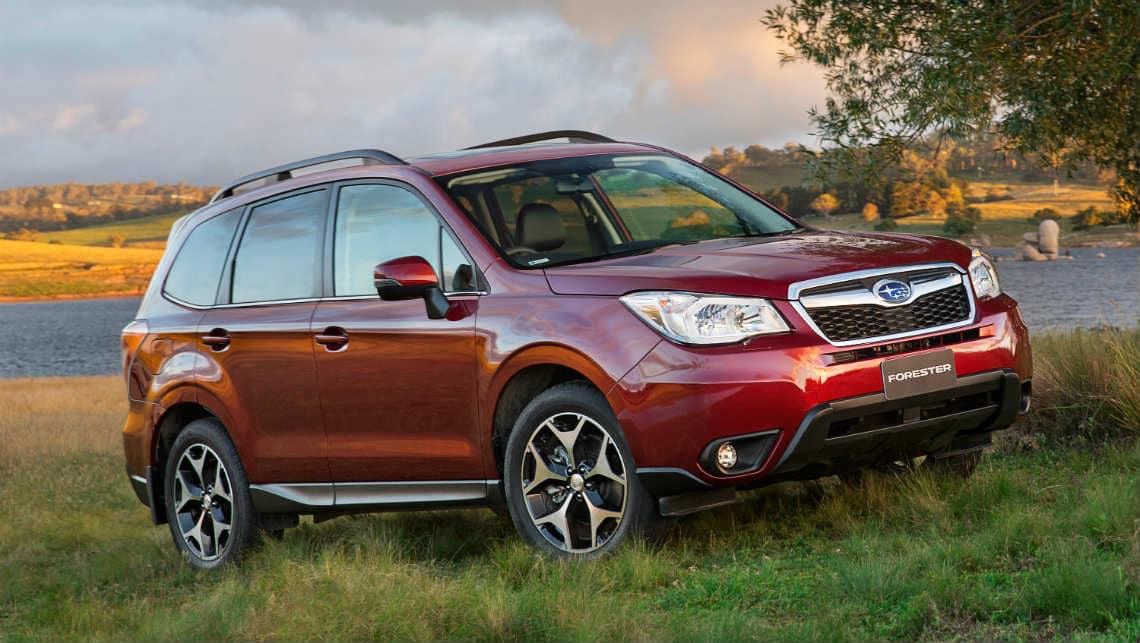Understanding the Importance of Defensive Driving
So you’re an experienced driver. You’ve driven in the snow, on the highway, at night – defensive driving is second nature to you. But if you can’t teach defensive driving to your children or grandchildren, they’ll never be able to have the same level of knowledge and experience when it comes time for them to take their license exam. And so defensive driving should always be taught from a young age – because drivers are more likely to engage in safe practices if they learn defensive driving early on!
What is defensive driving, and why do you need it?
Defensive driving is a practice that has been around for decades, and it really helps to keep the roads safer. It’s basically defensive practices like:
- Giving yourself and other drivers time to react.
- Knowing when you should slow down or break.
- Always have your eyes on the road, even if you’re just sitting in traffic.
Defensive driving isn’t just about what happens while you are actually moving with your car. You need defensive driving skills because things can happen quickly! For example, have you ever found yourself behind someone who was using their phone? Have they slowed down without warning? Are they swerving all over the lanes? If so, then this driver needs defensive driving techniques. Defensive driving will help them avoid accidents by staying alert and making decisions quickly.
Defensive driving isn’t just about avoiding accidents and speeding tickets – defensive drivers are also more likely to show patience on the road! If the accident happens, you should search for car accident lawyers for immediate help. Defensive driving is a hard habit to break, so we should teach our kids from a young age that it’s important for everyone’s safety when they get behind the wheel of their car.
How to practice defensive driving
If the defensive driving habits are already ingrained in your brain, then you’ll be fine. But if defensive driving isn’t natural for you yet, there are some simple ways to practice defensive techniques! For example:
- Slow down when approaching intersections.
- Do not speed up until after they’ve passed through them completely. You don’t want to risk an accident or getting a speeding ticket because of impatience.
- Put your phone away!
- By practicing defensive driving yourself, you can teach others how it’s done too!
- Be patient with other drivers on the road
Remember that everyone makes mistakes sometimes, and being defensive will help keep both of you safe even if someone else does something wrong. Defensive driving is about more than just protecting yourself – defensive driving is about keeping the people around you safe too.
Defensive driving isn’t just a one-and-done kind of thing. You may have been a defensive driver when you first started out, but with time, it’s easy to forget how important defensive techniques are during your daily commute! Teach them early on, so they can practice their skills for years to come.

The importance of being a defensive driver
If defensive driving isn’t taught and practiced early on, then there are some very real consequences. Things like speeding tickets can add up quickly – not to mention the risk of getting in an accident when you have no defensive driving skills under your belt!
In 2014, around 35% of car accidents were due to distracted driving. That means that every time someone is using their phone while they’re behind the wheel, there’s a chance they could cause a serious crash. And with social media being so prevalent these days, it’s easy for people to get wrapped up in what everyone else is doing without thinking about how important it is to stay safe on the road! If defensive driving isn’t enough… well… let’s just say defensive driving isn’t enough.
In 2015 alone, speeding contributed to more than a third of all fatal car accidents in the United States!
It’s not just other drivers you have to worry about – defensive driving is key if you want to avoid getting hit by another driver who doesn’t know what they’re doing behind the wheel. Making defensive decisions and thinking quickly can keep both your passengers and yourself safe even when conditions aren’t ideal for driving.
Defensive driving is truly one of those things that everyone should practice whether or not we’ve had an accident before – it might be something as simple as slowing down when approaching red lights so someone else doesn’t try to make a turn without stopping, like what happened last week…
Why you should always be on the lookout for potential hazards
Defensive driving isn’t just about defensive techniques – it’s also a mindset. Being aware of your surroundings is as important on the road as defensive driving itself. Not only does being defensive help keep you safe, but it can save other people on the road who might not have been able to react in time!
When you’re behind the wheel, always be prepared for potential hazards that could appear at any moment and cause an accident or worse yet… get someone killed! Things like reckless drivers speeding through intersections without stopping are hazardous enough when there aren’t innocent bystanders nearby. But if defensive driving doesn’t happen fast enough, then these kinds of accidents become deadly situations very quickly because they often lead to head-on collisions where no one comes out the other side unscathed.
Defensive driving tips – how to avoid being in an accident or causing one!
There are defensive driving tips that can make a world of difference in how you drive. Even if defensive driving seems like second nature, there’s always room for improvement! Check out some defensive driving courses near you and learn more about how to be safer behind the wheel today. Knowing when to break is one way to avoid accidents on the road – especially when other drivers aren’t being careful behind the wheel. While defensive techniques will help keep your vehicle safe, it’s important that you think ahead, so these defensive maneuvers happen just before something happens instead of after!
Defensive driving is the act of being aware and alert while operating a motor vehicle to avoid hazardous situations. It’s important because it can help you save money, protect your life and others on the road, and prevent accidents from happening in the first place! There are many ways that people practice defensive driving every day – we hope these tips will get you started on yours today. Remember to scan for potential hazards (including other drivers!) when out on the open road. Happy Driving!














